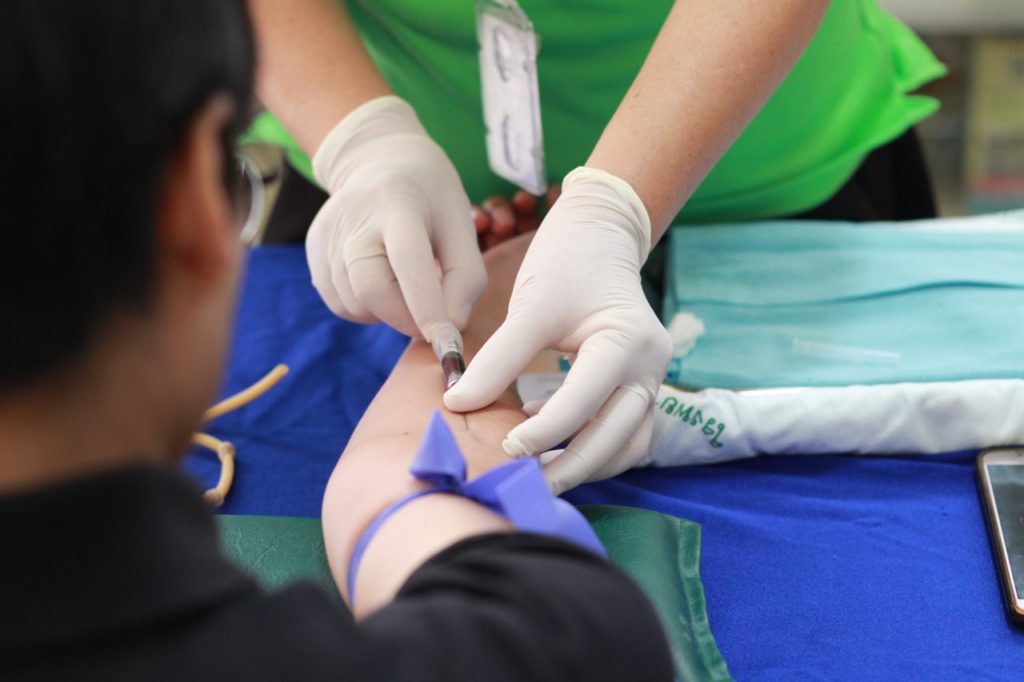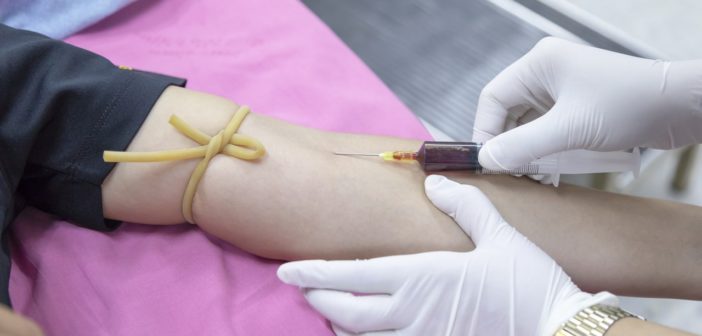Routine vaccinations can be tricky enough to navigate with kids, particularly as they get old enough to anticipate what’s coming. However, when your child requires a blood test, it can be really quite stressful, for both the child and parent!
Every child is different of course, and some may face the prospect of a blood test stoically, while others may completely freak out.
Here are a few tried and true tips for getting your child through a blood test as calmly as possible:
1. Timing is Everything
I learnt this the hard way with my 4 year old daughter. She was quite unwell and I was eager to get the test done so we could get the results back the next day. We went straight from the doctors’ clinic to the pathology clinic and I gave little thought to preparation. It was the end of the day, the staff were keen to go home so were rushing, plus my daughter was overwrought, tired and, to put it mildly, quite hysterical. We pushed through and ended up getting the needle in but she was so stressed that no blood would come out. The end result was a traumatised child and zero blood to show for it.
Try to time the test for a time when you child is settled, the clinic is quiet and everyone is well prepared.
2. Location, Location, Location
Be sure to choose a clinic that has phlebotomists experienced with children (usually 2 staff are required by policy) and try to get recommendations from other parents on places that have been good with kids in the past. As mentioned above, avoid peak times such as first thing in the morning, unless your child has to fast, as you don’t want to be sitting around in the waiting room for ages while your child gets restless.
3. Numbing Cream is Your Friend
There are a couple of different topical anaesthetics, or numbing creams, on the market. Emla is a common brand, which comes in a cream or patches. The cream needs to be applied in a thick layer and covered (cling wrap works well!) so it doesn’t evaporate. Leave for the required amount of time, usually 30-60mins and then wipe off. The area should be desensitised enough so the needle doesn’t hurt. Remember to let the person taking blood know that you have used numbing cream.

4. Other Medication/Remedies
Your child may also benefit from some paracetamol or iboprufen prior to their blood test. If your child is highly stressed you can talk to your doctor about sedating medication. Sometimes antihistamines such as Phenergan can have a calming effect but it is always a good idea to trial such medication before hand so you know exactly how your child will react.
Other over the counter preparations such as Rescue Remedy spray or pastilles may help ease your child’s anxiety (or yours!)
5. Use Distraction
As with most things, distractions works well with kids in this situation. Depending on their age, sing songs together, read a book, play eye-spy or a counting game, listen to music through headphones or even play on a device. Sucking on a lollypop or chewing gum can also help. Remember they need to stay very still through the procedure. Most places will let a small child sit on their parent’s lap while taking the test so you can help keep them still.
6. Talk About It
Most kids will have questions about the procedure, like how it’s done and how much it will hurt. Answer in an honest, age appropriate way. When it comes to the pain factor – don’t lie to your child but also don’t make a big issue about it. Let them know some people think it hurts but others don’t. You can also let them know you and other people in their family have had blood tests so they know if is fairly common and we all get through it ok.
Having a blood test can be a scary prospect for a little person but with some preparation and a calm parent, the whole process can go smoothly.
What do you think? Have you tried anything different to these techniques for your child’s blood tests or vaccinations in the past?

